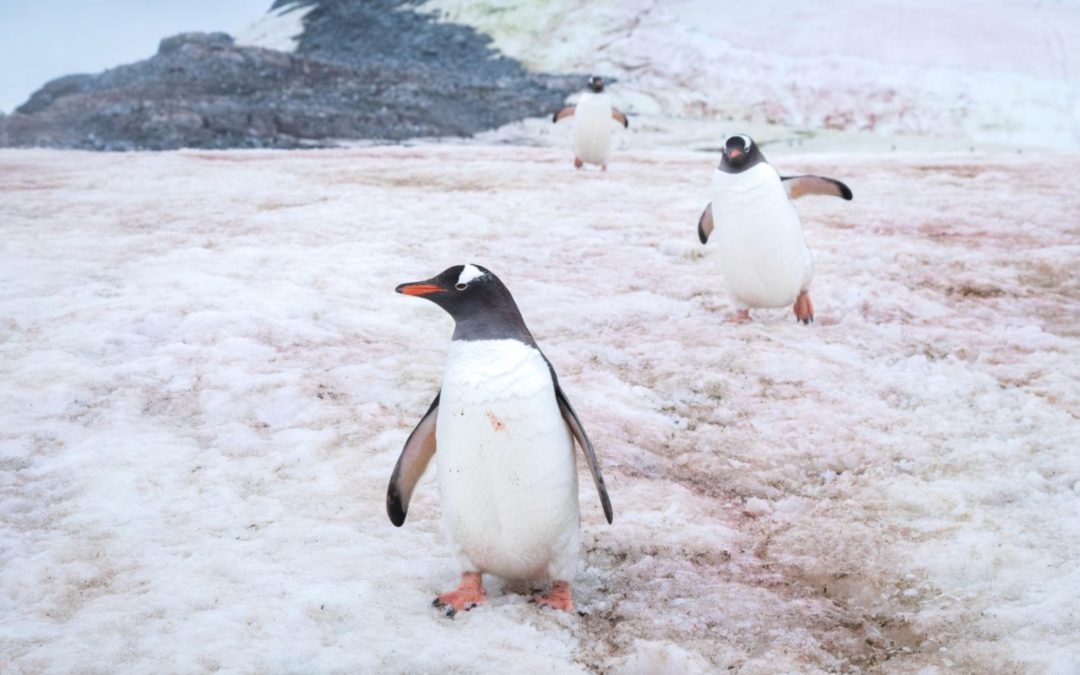SOURCE: National Geographic
DATE: September 14, 2018
SNIP: A surprisingly happy and healthy ecosystem of algae is not only turning parts of the Greenland ice sheet pinkish-red, it’s contributing more than a little to the melting of one of the biggest frozen bodies of water in the world.
The discolored snow isn’t just an Arctic phenomenon. “It’s actually a global occurrence,” says Alexandre Anesio, a biogeochemist from the University of Bristol.
“In order for them to form visible blooms and increase the melting of the snow and ice, they just need the right conditions, which at a minimum involve basic nutrients and melting,” says Anesio. “As the climate gets warmer, the availability of liquid water from snow and ice becomes higher, favoring the growth of snow and ice algae.”
“I think that this is increasingly becoming a problem in Arctic, Alpine, and Himalayan glaciers,” Anesio says. Blooms of red snow and brown ice are turning up in Antarctica, too.
And experts are not accounting for the effect in their projections of global sea level rise, despite increasing evidence of what darkening snow is doing to the world’s glaciers.
The darker surface [from the algae growth] lowers the “albedo,” or the ability of the ice to reflect the sunlight back into space, and that results in more light absorbed and more melting.
As algae spreads over larger areas of the ice sheet, the effect will be compounded, leading to even more melting. A recent study found that algal blooms can contribute as much as 13 percent more ice melt over a season.
So far, the blooms have not been taken into account as a contributing factor to Arctic ice melting at an unprecedented rate. The possibility, for instance, was not included in the estimates for sea level rise published by the UN’s Intergovernmental Panel on Climate Change in its latest report in 2013.

